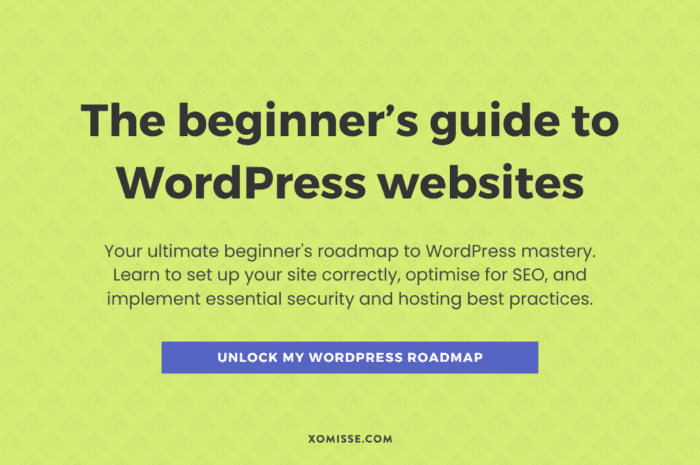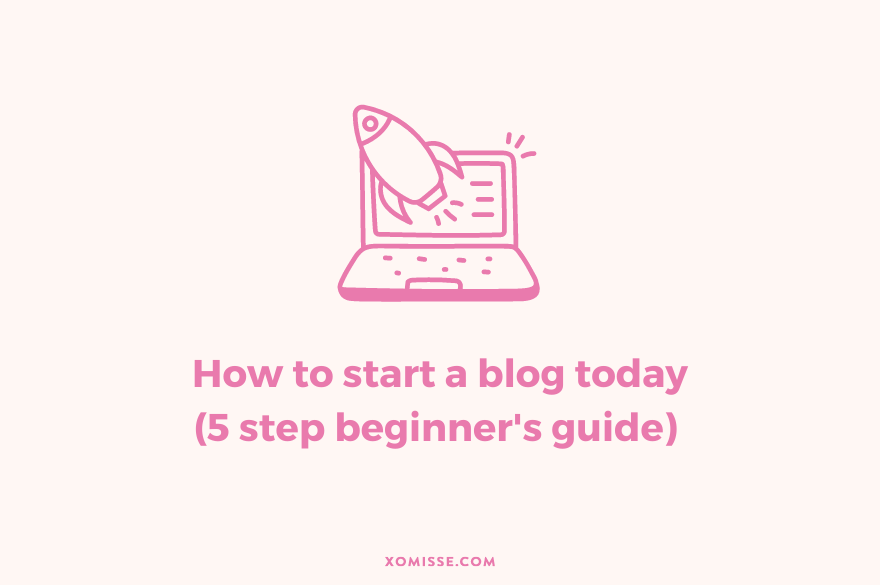Have you been thinking about starting a blog but aren’t sure where to begin? You’re right to be strategic. Since short-form video, AI tools, and social media dominate attention, it’s easy to wonder if blogging is still worthwhile.
The answer is a definitive yes, it is worthwhile.
If you’re ready to build a profitable, long-term asset, this 5-step framework will get you from zero to published today.
Wait, isn’t blogging dead?
In my opinion, no blogging isn’t dead but it has changed!
A blog is no longer just an online diary. It is your ultimate piece of digital real estate.
It is the most effective tool for building authority, generating passive traffic and securing an owned audience that you can monetise independently of any social media algorithm.
Ready to start a blog? Here are 5 steps to get you online today…
This page contains affiliate links. If you click on these links and choose to purchase something, I may receive a commission at no extra cost to you. I only recommend products and services that I trust to be useful and of high quality, whether an affiliate relationship is in place or not.
1. Define your audience + authority
Google rewards sites that demonstrate high levels of Experience, Expertise, Authoritativeness and Trustworthiness (E-E-A-T). Because of this, specialising in a specific topic will make it easier for you to grow a profitable blog.
Understand your audience
The other thing you need to know is your target audience? This will identify who you are speaking to when it comes to creating content, offering services, developing products and everything else you go on to do.
Knowing exactly who your product and/or service is for, or who you are writing for, will really help you. You’ll be able to understand their mindset, figure out exactly what they need and cater everything you do directly to them.
Do I need a niche to grow?
Niche blogging is when you write about a narrow topic that appeals to a specific group of readers. You are targeting a particular genre, topic or location and essentially specialising in a topic to really hone in on a group of readers.
While there are pros and cons to niching, in my experience the advantages of having a niche blog outweigh the disadvantages.
When it comes to picking a niche, you should get specific. Think about your knowledge (expertise), market demand (SEO) and profit potential (monetisation). Questions to think about: What can you genuinely teach or share? What are people actively searching for? Can you sell a product, service, or recommend affiliates?
2. Choose your platform
The next step selecting the platform you’re going to use. Ideally, you need control, flexibility and speed.
While hosted platforms (like Squarespace or Wix) are great for simple sites, if your goal is traffic, monetisation and full control over SEO, then self-hosted WordPress.org is the ideal choice. Check out how to install and setup self-hosted WordPress to get your new site up-and-running in 4 steps.
Page speed (Core Web Vitals) is a critical Google ranking factor. It’s important to invest in a reputable, fast web host that offers optimised WordPress installations and reliable uptime.
You’ll want to have an SSL certificate (which enables the https:// connection) for trust and security, most modern hosts provide this for free.
And finally, avoid heavy, bloated themes that include too many unnecessary features.

Deep dive into WordPress
3. Setting up your site
Now that you’ve chosen your platform, there are a couple of things you may want to set up before you get started.
If you’ve chosen WordPress, I’d recommend reading my beginner’s guide to using WordPress and going through the 35 things to do after installing WordPress for full steps on setting up your new WordPress site.
Finally, you’ll want to create an About Page, a Contact Page, and legal pages like a Privacy Policy and Affiliate Disclosure (if you plan to use affiliate links).
4. Write your first post
Now it’s time to get writing. You’ll create your content under the Posts section. Here you can give your post a title, build the content, apply categories or tags for navigation purposes, add a featured thumbnail image and publish your post.
This will automatically show on your blog post archive in reverse chronological order, with the most recent post showing first.
In terms of SEO, writing a comprehensive in-depth guide about a topic in your niche would be most strategic. Structure your post to make it easy for your audience to read and Google to understand. If possible, embed video, audio and other visuals to make it more engaging.
5. Grow your blog
Don’t wait until you have 100 posts to think about growth and money. Instead, build them in from day one.
Create a lead magnet and start growing your email list right away. Use affiliate links to recommend products or services you personally use. Create a small, low-cost digital product that solves a quick win for your audience.
Recommended reading: 8 ways to monetise your blog
Congratulations!
You are officially a blogger! You now have a brand new blog with your first published post.
Looking to increase your traffic? Take a look at these 5 ways to find new readers and build an engaged audience.
